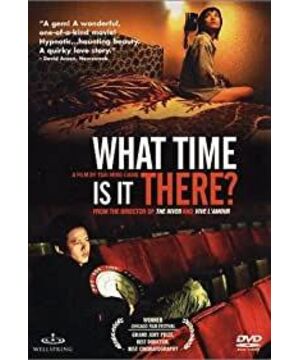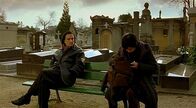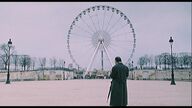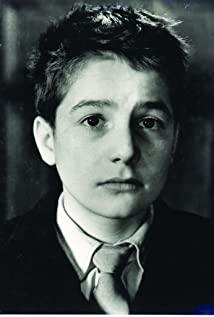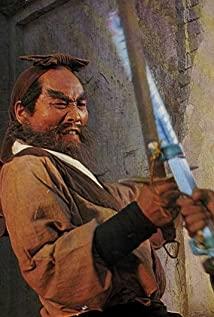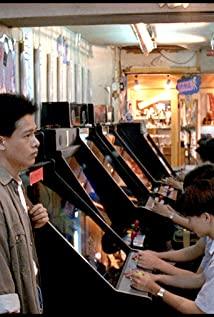This film gives me a feeling that "things are universally connected", "people are lonely", and another feeling, which is also the feeling that all Cai Mingliang's films give me, is that "the character experience is real, reliable and reliable." Feeling”, while watching the film, I can also experience what the protagonist does and hears. Cai Mingliang's films not only have the coldness and rationality of Bergman and Angelopoulos, but also have the experience of a certain non-plot life segment that Truffaut's films bring to people.
We can experience the detailed and real sound of opening the bottle cap and drinking milk from the clip of Antoine stealing milk in "Four Hundred Blows" directly quoted in "What Time Are You Over There". This kind of sound effect Let the author form an immersive feeling. Another example is Antoine's smoking scene. The action of smoking has been ritualized. Through the sound of matches lit, we feel the ritual of smoking that is as daily as eating, as if the audience themselves lit a cigarette. . Who can say that Jarmusch's "Coffee and Cigarette" is not intended to express this sense of tactile beauty?
Truffaut has had a profound influence on Cai Mingliang since he first saw "Four Hundred Blows" at the age of 20. I think the biggest influence is the magnification and ritualization of the fragments of daily life. What does that mean? It is the trivial life fragments that replace the twists and turns of the bizarre plot, such as Li Kangsheng's repeated peeing scenes, repeated eating and drinking scenes, boring fiddling with clocks, or smoking scenes. These scenes are simplified or even omitted in commercial films, perhaps this is a feature that distinguishes literary films from commercial films.
A typical manifestation of the ritualization of this segment of life is the act of "smoking". On the surface, it has nothing to do with the development of the plot, but it is indeed indispensable. In my opinion, events such as smoking and drinking can cause the audience's visual climax. When watching the movie, it seems to be immersed in the scene. Every time I enjoy Tsai Mingliang's movies There will be this feeling, even pleasure. The most obvious performance is the films of Truffaut, Godard, Rohmer and other new wave directors. For example, in "Exhausted", when the hero meets his girlfriend, the smoke is constant, which is related to the plot and characters. The ambiguity seems to have produced some interactions.
Cai Mingliang has applied this method to many of his films, and I think he has done more extreme than Truffaut. This first comes from the simultaneous recording and live-action shooting of Cai Mingliang's film. Cai Mingliang's live-action shooting is indistinguishable, even if the passers-by next to him may not know that he is shooting a movie, so the capture of real people in the environment will undoubtedly increase the film's quality. Realism, whether it's the characters walking around in the background, or the actual shooting environment. In the era of "Four Hundred Downs", there was no condition to record at the same time, but the Foley sound of the New Wave movies was not bad. Another breakthrough of Cai Mingliang is the use of long shots. As we all know, most of his long shots are fixed, which provides more leeway for the details of the characters' activities and actions. Truffaut's long shots are full of movement, showing more of the character relationships and their interactions with the scene.
View more about What Time Is It There? reviews


